

Santa Maria’s State of the City was a comprehensive gathering of community leaders, city officials, and residents, all coming together to reflect on the city’s progress and discuss the path forward. Held at Allan Hancock College and organized by the Santa Maria Valley Chamber, the event highlighted key achievements, ongoing projects, and future challenges, with a focus on community well-being.
Michael Boyer, Santa Maria Valley Chamber President & CEO, opened the event by emphasizing that the city’s progress is not just about responding to current needs but investing in the future through career pathways, modern infrastructure, and vibrant commercial corridors that reflect the Santa Maria’s diversity and creativity.
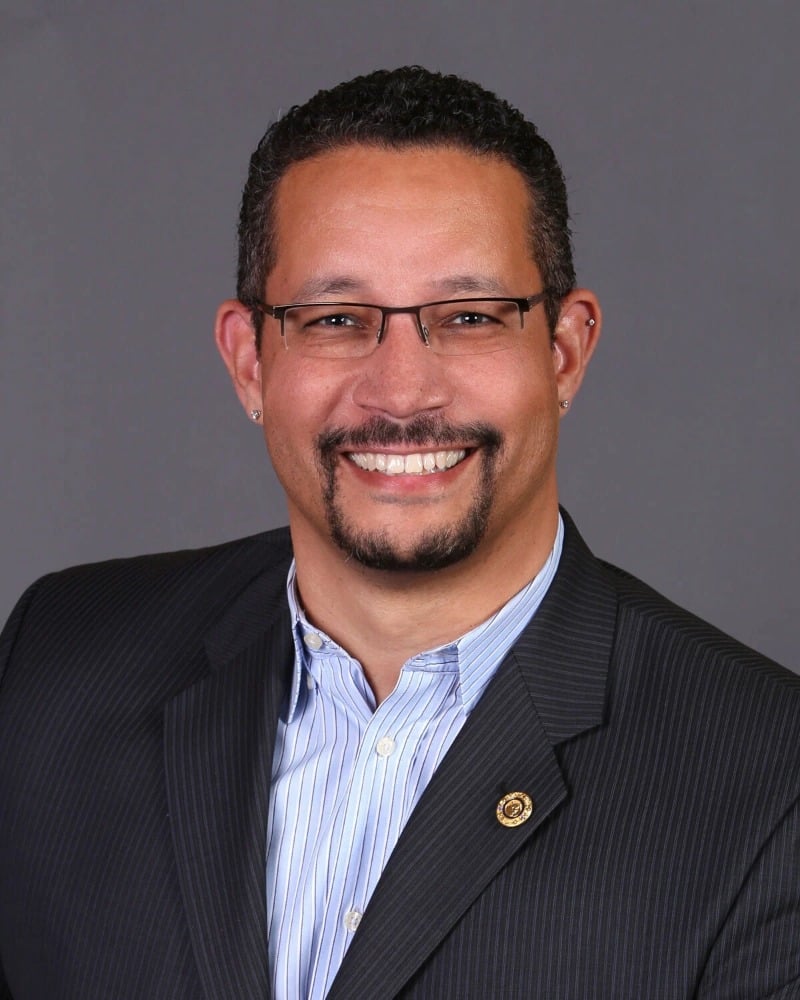
"When businesses, schools, nonprofits, and government sit at the same table, we can tackle big challenges like housing, childcare, and public safety to keep Santa Maria a place where families can build their futures."
Michael Boyer
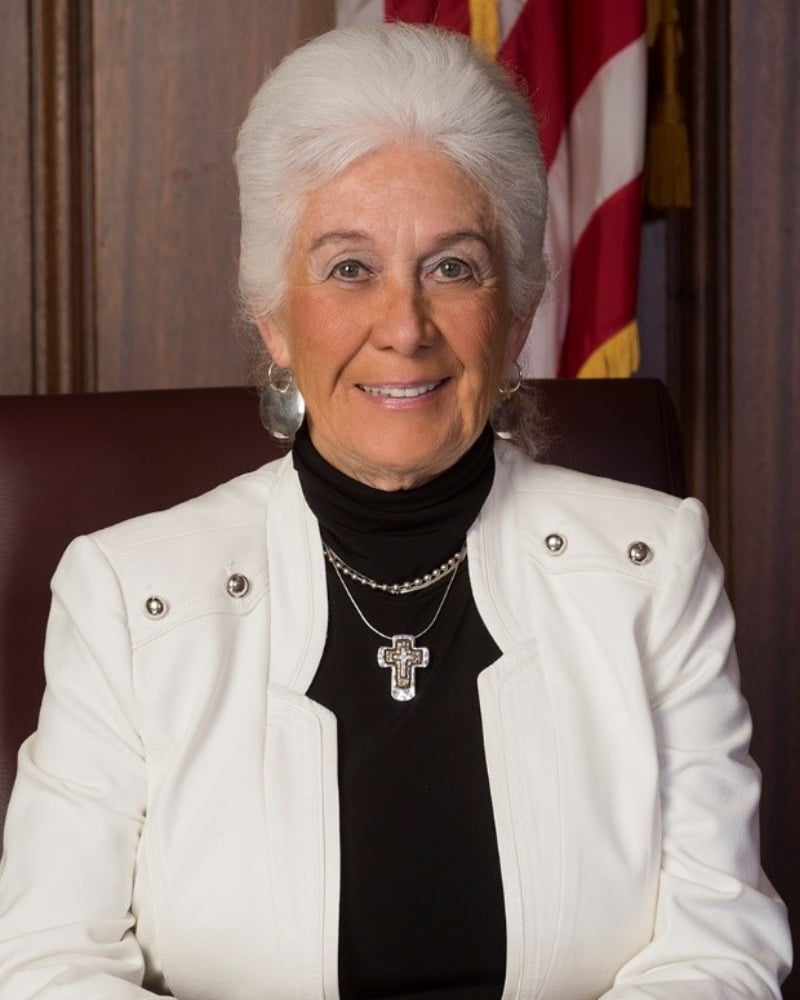
Santa Maria Mayor Alice Patino spoke about the city’s growth and the quality of life that attracts people to Santa Maria. Santa Maria’s population has grown by roughly 34,000 over the last 25 years and is expected to grow by 30,000 to 40,000 more over the next 20 years. She also noted steady housing prices, declining crime rates, and stable school enrollment, while acknowledging challenges such as overcrowded school campuses. She celebrated the progress of downtown revitalization, the addition of new parks, and the nearing completion of the Japanese Community Center. The mayor also discussed the groundbreaking of a future sports complex, supported by a $1.5 million grant, emphasizing the city’s commitment to youth and recreation.
Patino detailed public safety improvements, such as the re-establishment of the gang suppression team and the expansion of the police mounted-enforcement unit, which helps build community trust. She noted investments in fire safety, infrastructure upgrades, and new technology systems to improve city services. She also announced the start of twice-daily direct flights to the Phoenix Sky Harbor International Airport, a leap forward in regional accessibility and economic potential.
Addressing housing, Patino outlined the city’s state-mandated housing goals, including thousands of units for very low, low, and moderate-income families. She stressed the importance of local control over growth amid state mandates and acknowledged challenges such as parking shortages and the need for balanced development.
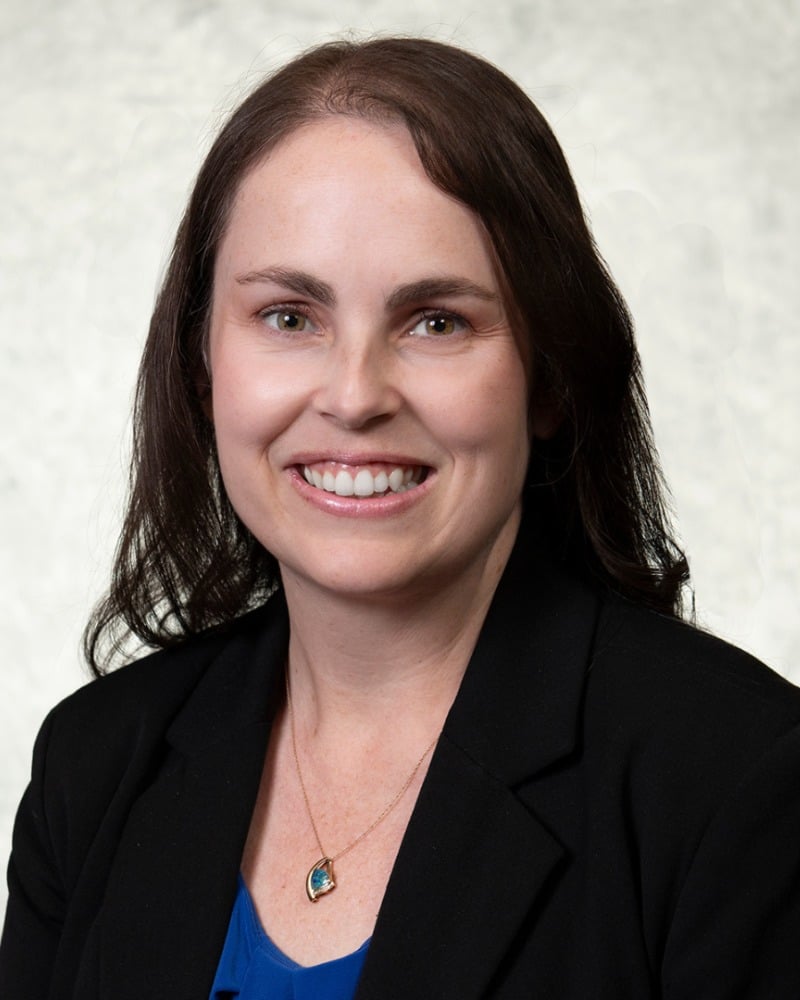
Chenin Dow, Director of Community Development, provided an update on the city’s General Plan, which aims to accommodate over 16,000 new housing units, 58,000 residents, and 23,000 jobs. She explained how the city plans to accommodate this growth through existing development pipelines, vacant land, and proposed annexation areas. Dow highlighted ongoing downtown revitalization projects, including affordable housing initiatives like the Pearlman Apartments. She also introduced programs designed to help developers secure funding for infrastructure, addressing challenges posed by high interest rates.
Public Works Director Brett Fulgoni shared updates on infrastructure projects, including a $75 million Betteravia on-ramp improvement funded by developer fees. He explained the city’s strategic approach to road maintenance, prioritizing busy roads and using cost-effective methods to maximize resources. Fulgoni proudly noted that Santa Maria’s bus fleet is now 100% electric—the second city in the U.S. to achieve this—and highlighted expanding transit routes and regional collaboration to improve mobility.
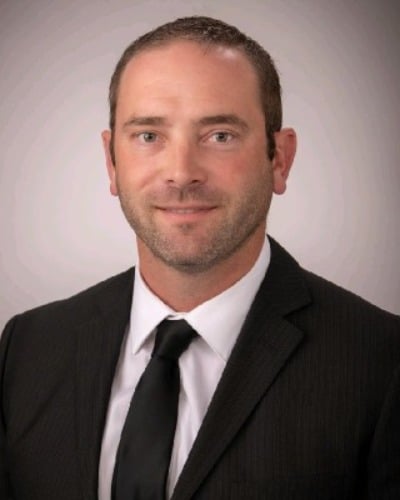
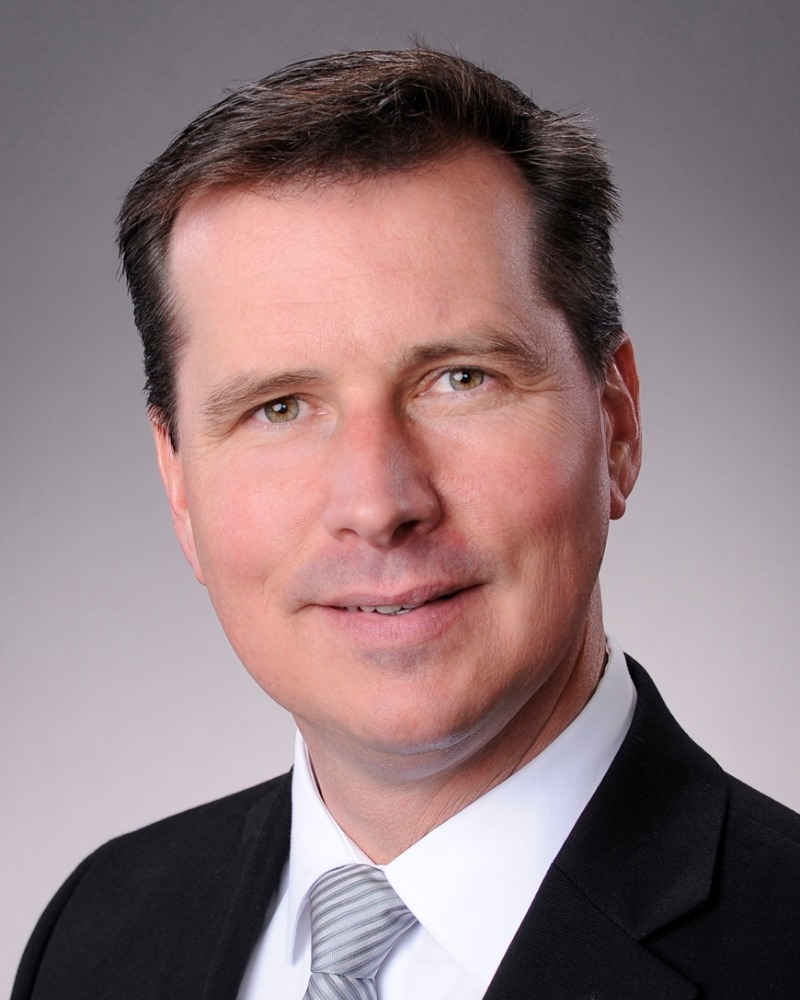
Shad Springer, Utilities Director, described the city’s water and wastewater systems, including extensive pipelines and groundwater rights secured through long-term efforts. He discussed a $500 million wastewater treatment plant upgrade to meet environmental standards and support growth. Springer also explained the city’s new weekly organic waste collection program and use of landfill methane gas to generate electricity and heat, contributing to sustainability.
Police Chief Christopher Williams emphasized the department’s focus on building community trust through youth programs like Police Explorers and School Resource Officers. He highlighted community events such as National Night Out and Coffee with a Cop, which foster connections between residents and law enforcement. Williams also addressed challenges with parking and unhoused persons, noting increased citations and cleanup efforts.
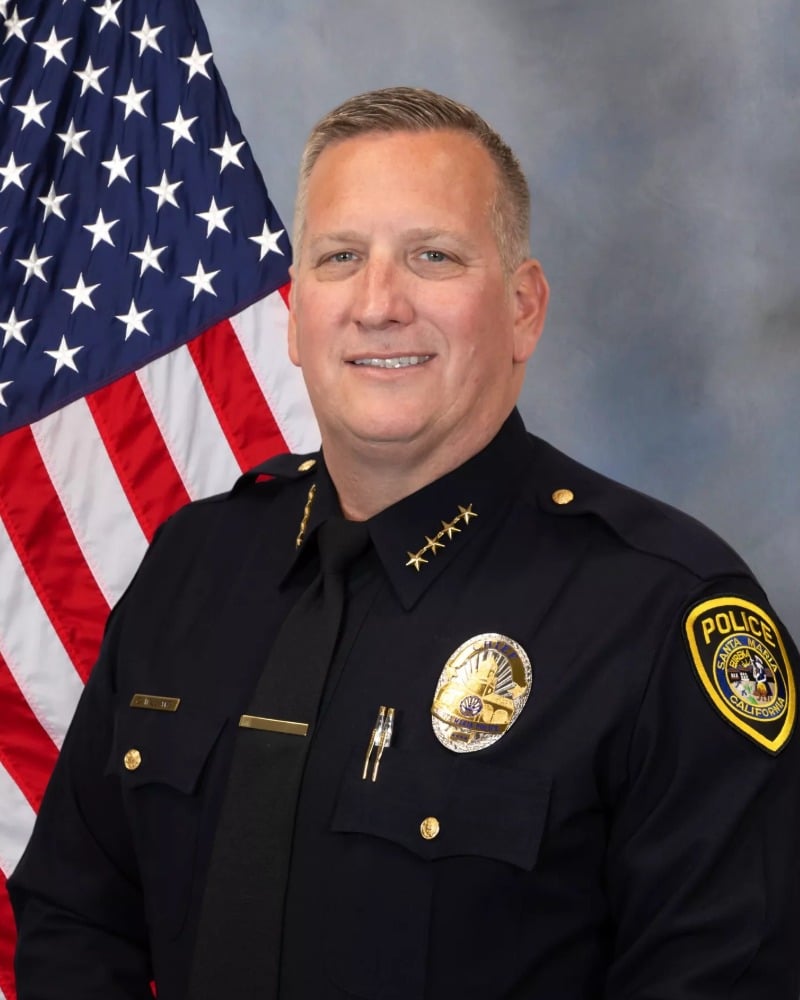
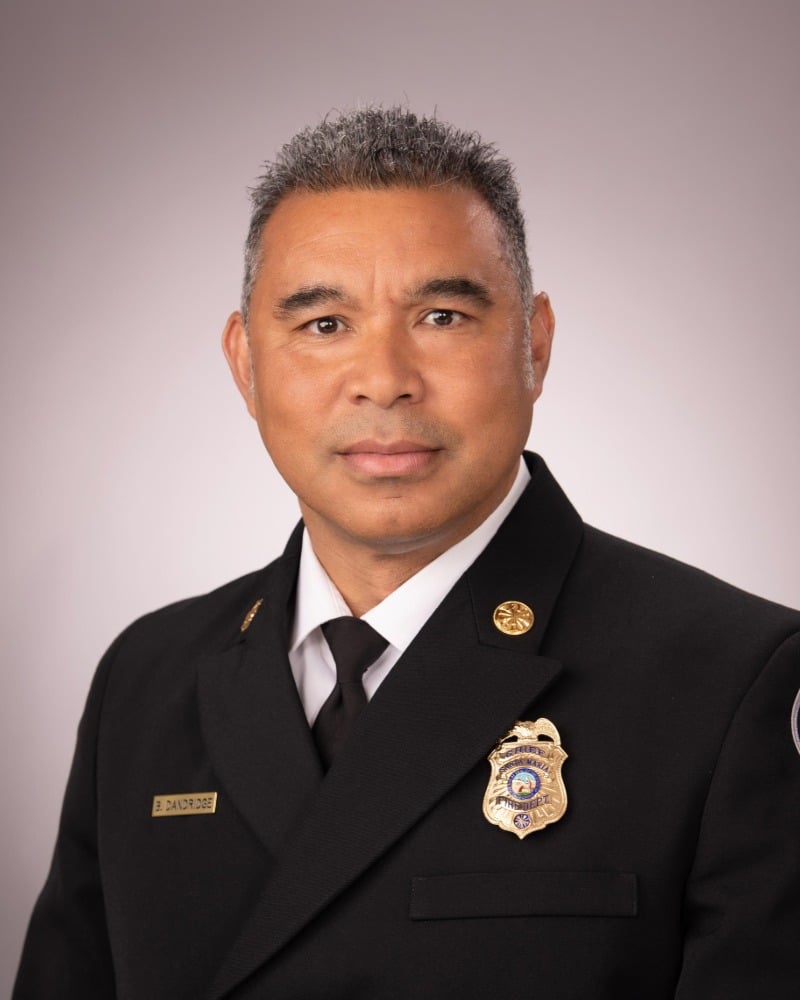
The Fire Chief Brad Dandridge provided an overview of the department’s growth and improvements. Serving about 110,000 residents, the department responded to over 12,400 incidents in 2024, a 15% increase from three years prior. Key achievements include opening Fire Station 6, improved response times, and integration into a regional dispatch system that sends the closest available units regardless of jurisdiction. The department also launched a real-time emergency mapping system and expanded fire inspection programs. Looking ahead, plans include expanding and relocating fire stations to meet growing demand.
City Manager David Rowlands reflected on the city’s challenges, including a $25 million budget shortfall, and emphasized the importance of transparency, accountability, and high-quality development. He shared a vision for a forward-thinking city that embraces innovation and smart technologies to improve services and infrastructure while preserving Santa Maria’s unique character. Rowlands highlighted plans to balance urban growth with nature through green roofs, urban gardens, and accessible public spaces, fostering an inclusive and vibrant community.
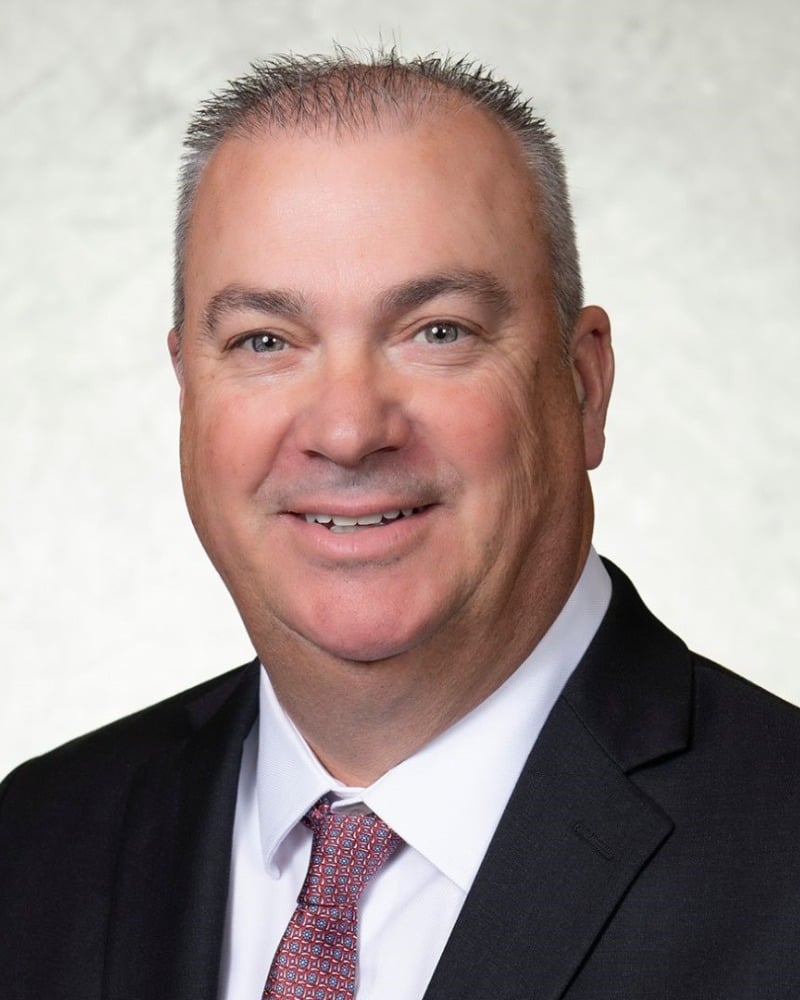
The event concluded with a Q&A session addressing community concerns.
American Riviera Bank is committed to fostering dialogue about growth and sustainability in our community. Watch the complete address on the City of Santa Maria’s YouTube page.
Previous: Q3 2025 Results Next: Best Banks to Work For 2025